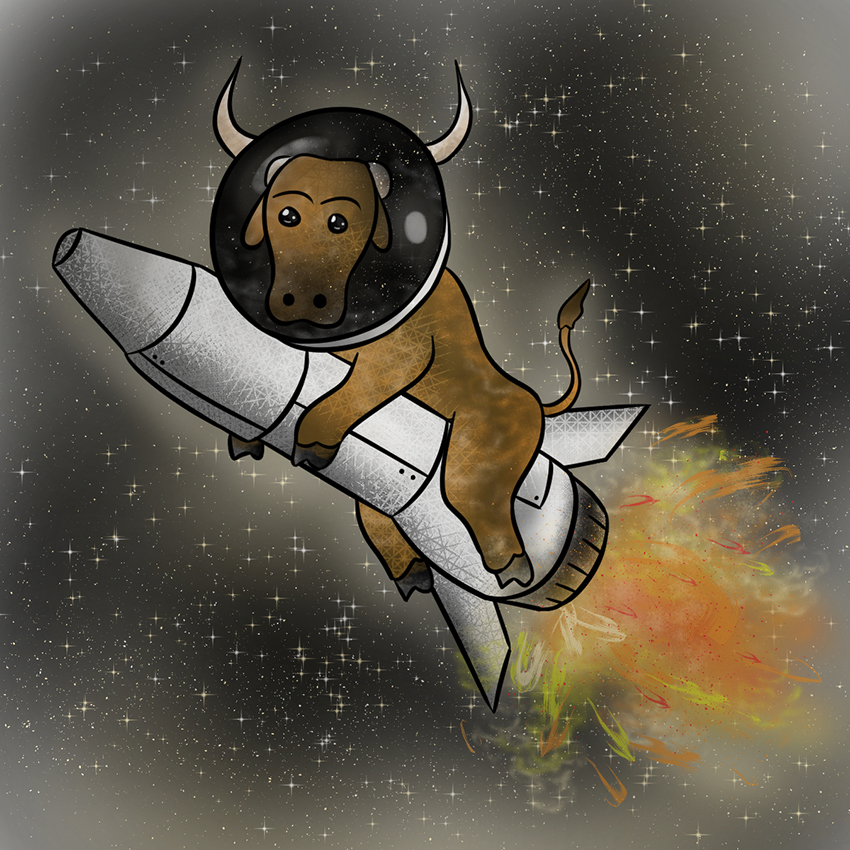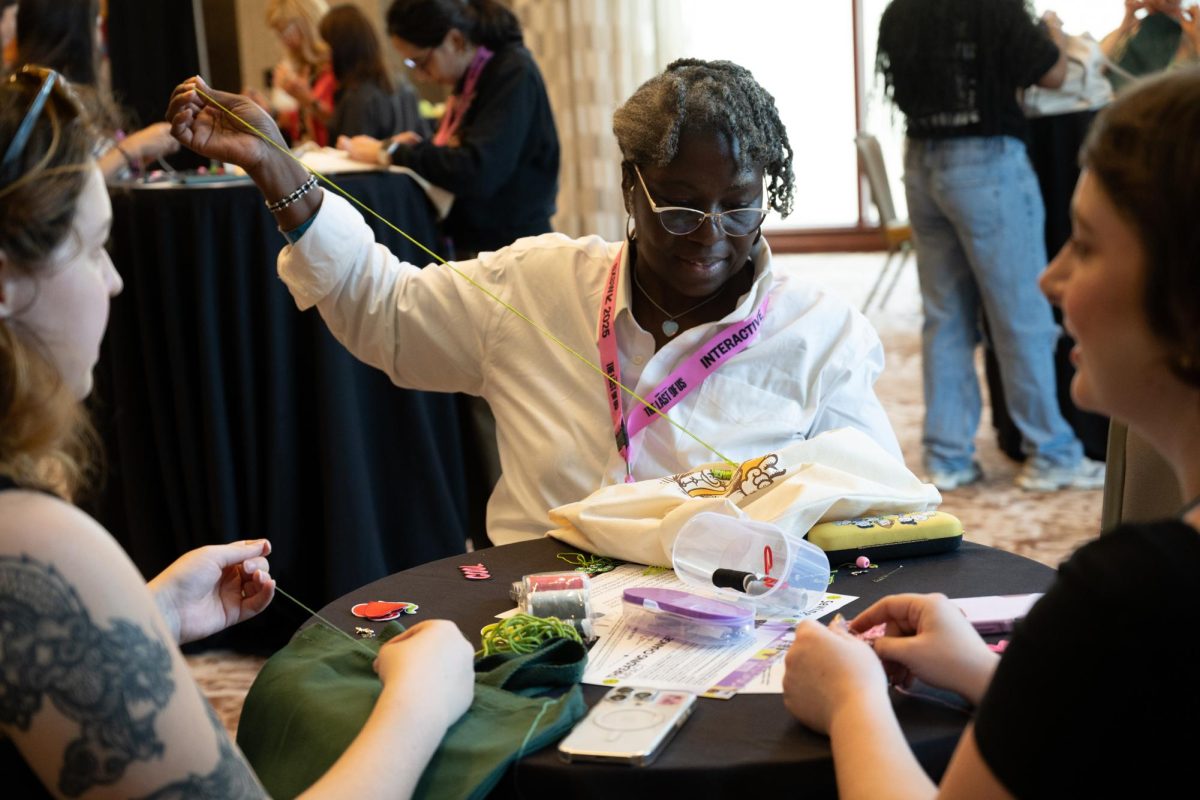Collaborative space research shows that Longhorns and Aggies can get along.
As part of the LONESTAR project, UT and Texas A&M have launched their own small satellites from the International Space Station with the help of NASA Johnson Space Center. Scientists use the satellites, named Bevo-2 and AggieSat4, for experiments in developing more advanced spacecraft.
LONESTAR, which stands for Low Earth Orbiting Navigation Experiment for Spacecraft Testing Autonomous Rendezvous and Docking, is a partnership with A&M and NASA that aims to create spacecraft that can communicate and dock without human input.
Bevo-2 is the successor to the satellite RACE, also part of a collaboration between UT and NASA. The rocket carrying RACE exploded within seconds of takeoff, destroying the satellite along with it.
AggieSat4 and Bevo-2 were jointly launched from a robotic arm on the International Space Station on Jan. 29. After free floating in space, last week AggieSat4 ejected Bevo-2. The two satellites communicate and take pictures of each other.
UT students designed and built Bevo-2 in the Texas Spacecraft Laboratory, which was founded by former UT aerospace engineering professor Glenn Lightsey. The lab is made up of both undergraduate and graduate students, which allows for mentorship in the field of spacecraft development.
“You have a lot of grad students who have a lot more experience teaching the undergrads,” said Parker Francis, UT alumnus and manager of the Bevo-2 project. “A lot of the undergrads still took on leadership roles. I started managing the Bevo-2 spacecraft when I was a junior.”
Graduate students in the lab support undergraduates and encourage them to do hands-on work alongside them, according to Ashleigh Caison, an aerospace engineering senior.
“The coolest part about working in the TSL is that every day, I have my hands on hardware that will be flying in space,” Caison said. “I’m getting to work on real missions, which is not an opportunity many undergrads get to have.”
The Texas Spacecraft Laboratory plans on launching another satellite into space in early 2017 as part of the ongoing ARMADILLO mission.
The LONESTAR project is a step toward making spacecraft that can operate independently. Autonomous spacecraft could build structures in space, and they would be safer and less expensive than human pilots. Future NASA expeditions to celestial bodies would also need the use of autonomous technology.
“Working with NASA was really cool,” Francis said. “In school, you don’t really get to interface with industry that often. NASA was able to take on a leadership and mentorship role for us as students.”
In addition to gaining experience with a large aeronautic agency, students also got to work closely with their rival university. Students enjoyed working together, despite their differences.
“Texas A&M and us always had our rivalry, and it would come out sometimes on the telephone calls, poking fun at each other,” Francis said. “At the same time, it was a cool way for the two universities to come together regardless of our differences. We were all working towards the saw me goal.”





















